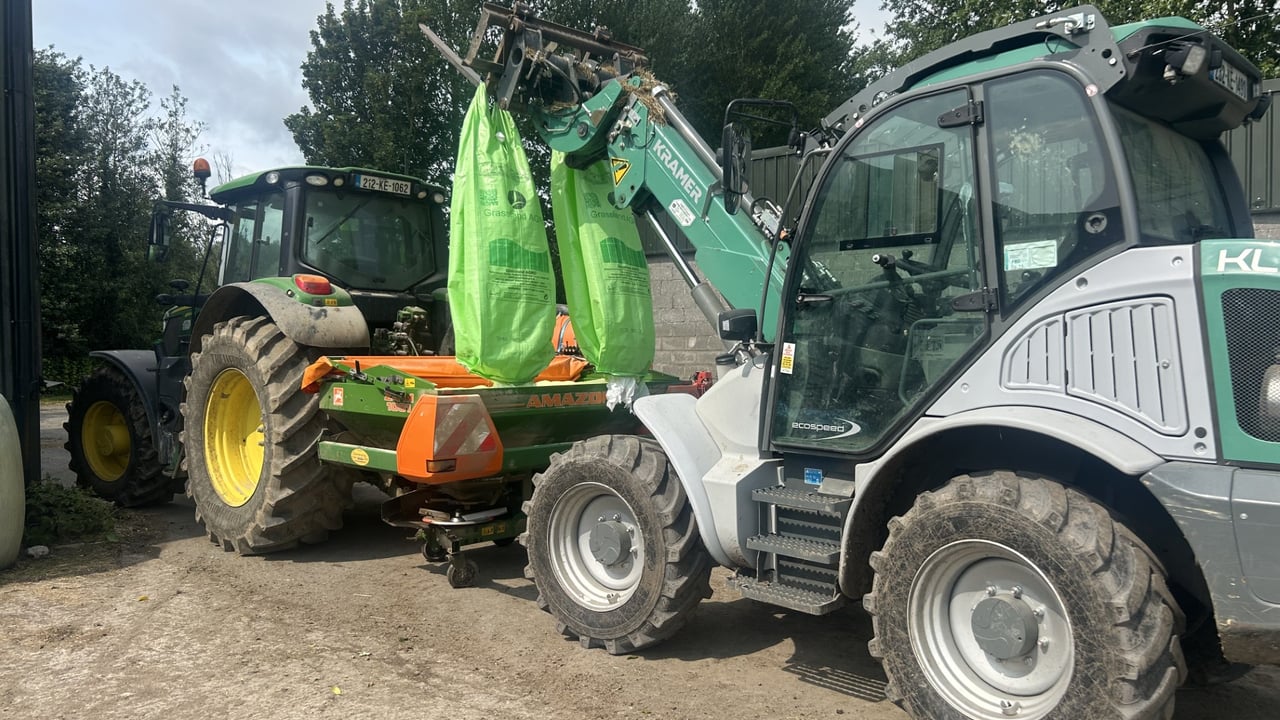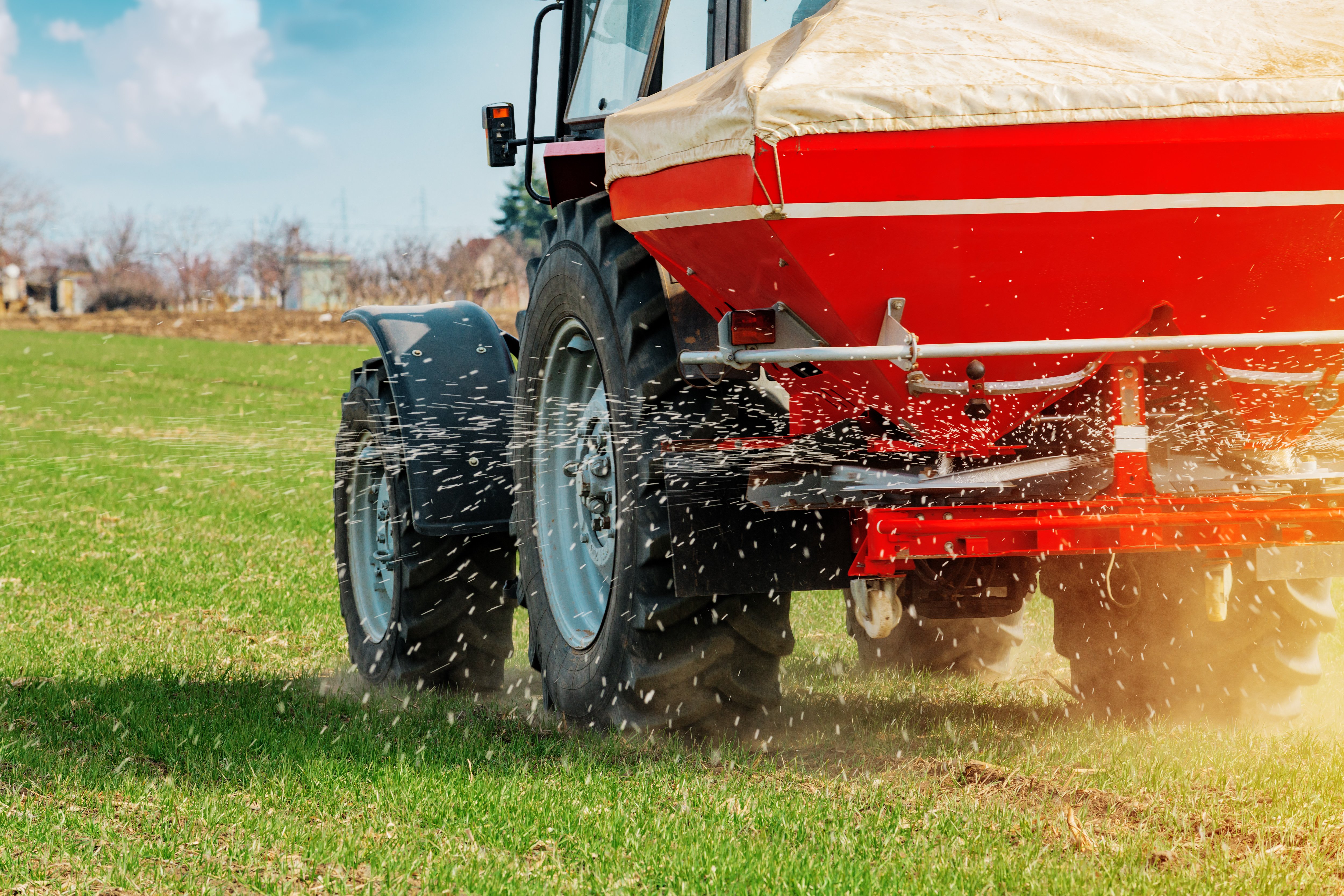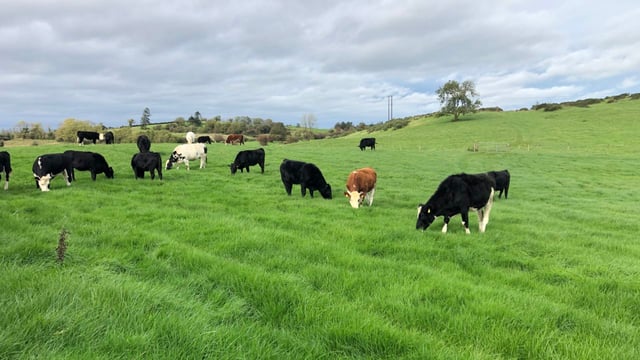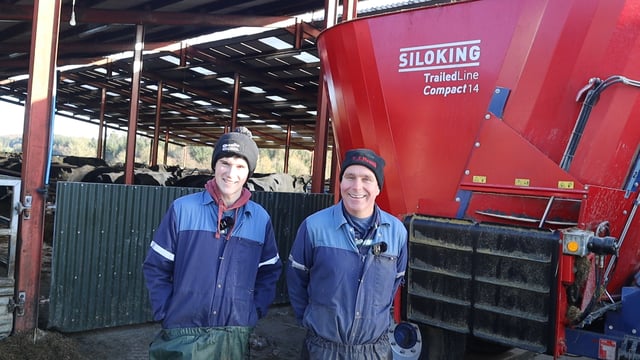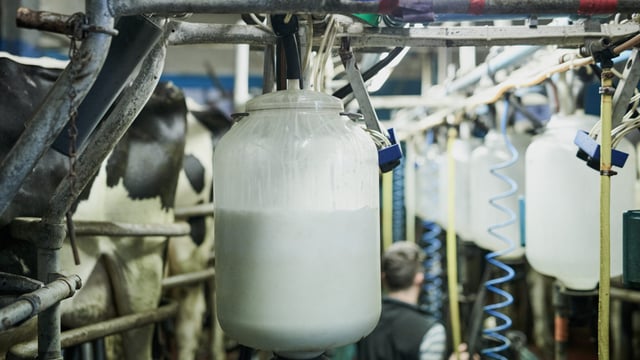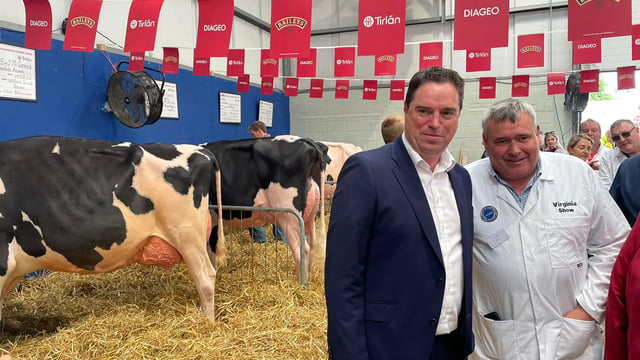Reminder: Better fertiliser response in August as closed period approaches
With about four weeks left to spread chemical fertiliser nitrogen (N) and phosphorus (P), timing is going to be critical in building covers.
The closed period for spreading chemical fertiliser will kick in on September 15, but farmers should aim to have most of their fertiliser out by then.
Spreading fertiliser in August is far more effective as grass growth rates are holding and soil temperatures are high, which means the response to fertiliser will be far more effective.
The longer days in August will lead to better growth rates, which is why it is important to start building covers this month, which will form the foundation for dictating rotation length in order to achieve a reasonable closing farm cover at the end of November.
As the lactation goes on, a cow's daily intake will begin to drop gradually and cull cows and other stock may be moved off the milking platform which will naturally leave more grass on the farm.
But the key to building these covers is to keep up with fertiliser in August.
August fertiliser
Farmers need to keep up with fertiliser applications and spread about 30 units of N/ac in August while keeping an eye on their fertiliser allowance.
A half rate of N or dairy washings should be used on grass clover paddocks.
Paddocks that are grazed this week will only have one application of fertiliser left and so spreading 25-30 units of N/ac is recommended for these
By now farmers should be on a 25 to 28-day rotation depending on grass growth and current covers.
If below this target, the diet should be supplemented with extra meal or silage. Silage will displace more grass than meal.
If herd demand is at 55kg dry matter (DM)/ha and growth is at 35kg DM/ha, the farm is losing 20kg DM/ha/day and so demand for grass must reduce to 35kg DM/ha to hold average farm cover.
Feeding 7kg of silage DM at a stocking rate of 3 livestock unit (LU)/ha will hold covers as 7x3=21kg DM/ha. More meal can be fed or palm kernel is also an option, but there seems to be plenty of baled silage around at the minute.
Farms that are under pressure with soil moisture deficits need to ensure that fertiliser is out on paddocks and push for a 30-day rotation to try and build covers sooner rather than later, before growth rates drop in September.
An application of N in August - when there is heat in the ground and reasonable moisture will boost grass supply on the farm - reduces the reliance on supplement feeding and ensures quality milk production.
Potassium (K) is also an excellent compound to spread at this time of the year.
There is no closed period for spreading K, and spreading K in August or September using muriate of potash (MOP) is an excellent way to build up the level of K within the soil.
There is simplified K requirements of grazed swards on dairy farms shown in the table below as total K requirements, before deductions for organic fertilisers.
Rates of fertiliser K for different stocking rates are shown as kg/ha (units/acre in brackets) and are as follows:
| Soil K index | <130 kg/ha Org N | 131-170 kg/ha Org N | 171-210 kg/ha Org N | >210 kg/ha Org N |
|---|---|---|---|---|
| 1 | 85 (68) | 90 (72) | 95 (76) | 100 (80) |
| 2 | 55 (44) | 60 (48) | 65 (52) | 70 (56) |
| 3 | 25 (20) | 30 (24) | 35 (28) | 40 (32) |
| 4 | 0 | 0 | 0 | 0 |
The chemical name for MOP is potassium chloride, a compound which contains 50% K and is the cheapest and most commonly used form of straight K. It can also be spread through slurry or dairy washings.
Products like 29-0-14 are valuable at this time of the year, especially if P allowances are limited. Spreading this fertiliser after surplus bales or silage can prove to be a winner.
K has the ability to increase stem strength, improves drought resistance, cold tolerance, and most importantly, increases yield of the grass crop.
Spreading K and spreading 30 units of N in August will help farmers build up covers this autumn, but it is important to get this fertiliser out when growth and soil temperatures are still high to ensure an effective response.

